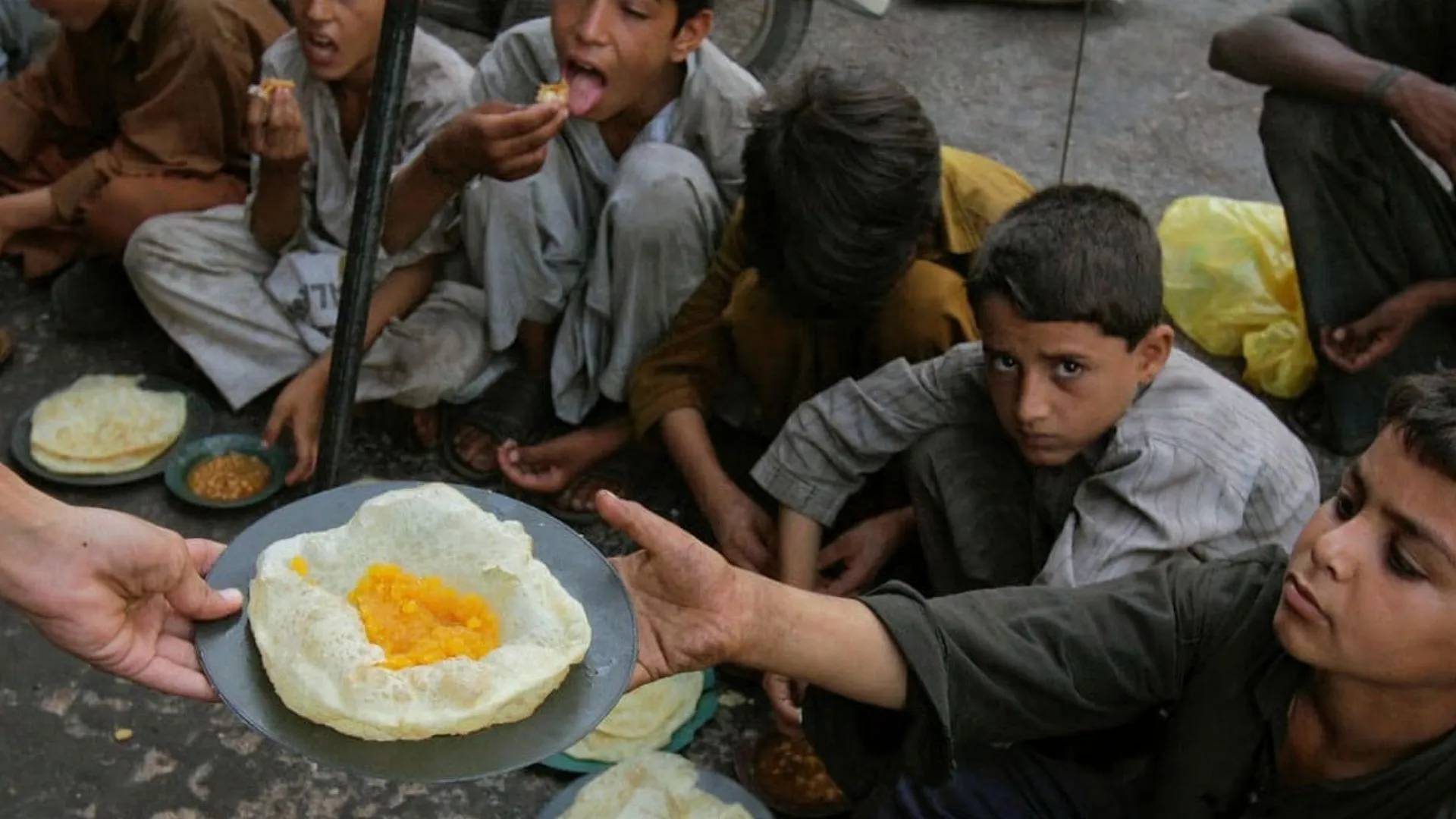Food insecurity in Pakistan remains a pressing issue, according to the FAO’s latest report. From November 2024 to March 2025, approximately 11 million people will be affected. This represents 22% of the population in flood-impacted regions such as Balochistan, Sindh, and Khyber Pakhtunkhwa.
Increasing Impact of Food Insecurity
Moreover, the number of people impacted has risen significantly. The population affected grew from 36.7 million in 2024 to 50.8 million in 2025. In fact, 25 more districts have been included in the analysis, making comparisons with previous data challenging.
Climate Shocks and Weather Woes
Despite some recovery, extreme weather conditions continue to negatively impact livelihoods. As a result, these climate shocks further exacerbate food insecurity by reducing food availability and income opportunities.
High Malnutrition Levels
Additionally, malnutrition remains a severe issue. Between 2018 and early 2024, Balochistan and Sindh experienced consistently high levels of acute malnutrition. In several districts, global acute malnutrition (GAM) reached alarming rates, surpassing 30%. Furthermore, the limited funding for nutrition services has only worsened the situation.
Children and Women Suffer Most
The report also highlights the vulnerability of children and women. During the period from March 2023 to January 2024, 2.1 million children aged 6 to 59 months faced acute malnutrition. This was due to a combination of factors such as rising food prices and limited access to markets. Moreover, pregnant and breastfeeding women suffered from malnutrition, leading to a higher number of low-birth-weight babies, particularly in Sindh and Khyber Pakhtunkhwa.
Health Crisis Deepens
Health-related issues, including diarrhoea, acute respiratory infections, and malaria, have worsened during the winter months. This is largely due to inadequate sanitation facilities and unsafe drinking water, worsened by the aftermath of the 2022 monsoon floods. Furthermore, blocked roads and limited healthcare access have compounded the problem.
Looking Ahead to 2025
Looking ahead to 2025, the FAO warns that the situation is expected to deteriorate further. Climate shocks, combined with ongoing food insecurity, will continue to strain health and nutrition services. Therefore, urgent efforts are needed to increase aid and provide better nutrition support to those affected.
In conclusion, the FAO report paints a grim picture of Pakistan‘s food security situation. Despite some recovery, the ongoing effects of extreme weather, rising malnutrition, and limited resources will likely deepen the crisis in the coming months.























